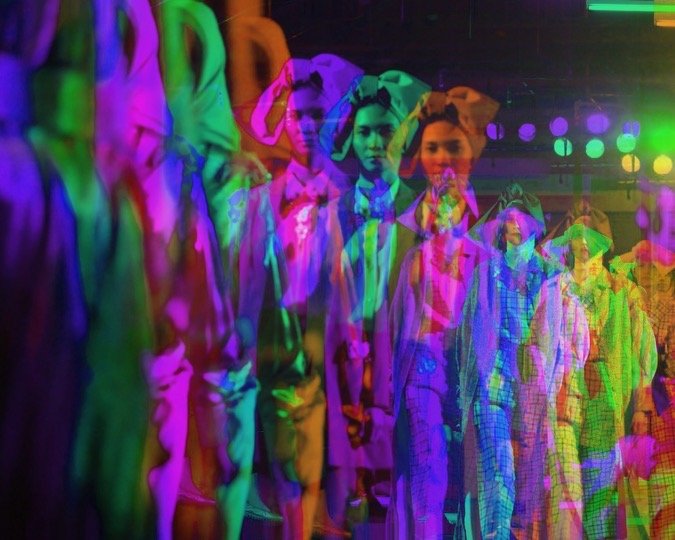Fashion in the Metaverse
Imagine you're in a digital chatroom. You have a virtual reality headset on and are exploring this new world with an avatar that looks like you. Except, instead of wearing plain sneakers, you're wearing Balenciagas. After several successful fashion weeks in New York, London, Paris, and Milan, something has begun to stand out in the fashion world—designers are starting to host runway shows in the metaverse and on other online platforms.
Let me help explain the concept for those who don't have a crypto boyfriend. Basically, the metaverse is a virtual reality world that simultaneously blends physical reality, virtual reality (VR), and augmented reality (AR). Although, it's different from the internet because it's composed of persistent virtual worlds that continue to exist even when you're not connected. Think of our beloved and deeply missed Club Penguin, except that the metaverse has people instead of penguins. The biggest misconception about the metaverse is that users can only join through AR or VR, but that's not true. This cyberspace can be accessed via laptop, phone, or gaming console, making the overall experience metaversal.
There are many niche groups within the metaverse, including a large group of people interested in fashion. Blueberry Entertainment, a company familiar with the metaverse, has sold 20 million units of virtual clothes. Founder Mishi McDuff explains, “I don't see why [designers] wouldn't want to offer these collections to everyone from anywhere in the world.” Honestly, McDuff makes some great points. Just imagine the possibilities for big fashion houses to sustain thriving markets not only in our physical world but in the virtual world as well.
Some designers have already begun their transition towards this digital market. Remember the Balenciaga and Fortnite collab? Yeah, it was $475 for a plain t-shirt that said “Fortnite” with the Balenciaga logo underneath. But that’s not the point. The point is that both parties have expanded in potential customers. Those who play Fortnite may now be interested in Balenciaga and vice versa.
Recent fashion weeks have exemplified a transition to this virtual landscape. For instance, Jonathan Simkhai was the first designer to host a completely digital fashion show comprised of physical pieces on Second Life's virtual platform. In order to attend, the invite-only event required guests to download the app fifteen minutes before the show. However, it was geared more towards those familiar with the virtual world since the show took place amidst a super busy NYFW. Compellingly, when both virtual and physical shows can coexist, the fashion industry becomes much more accessible to those around the world.
This transformation is pretty big news for the metaverse and the fashion community because we can now look forward to attending shows virtually instead of adhering to an in-person requirement. Companies adjusting to this will give fashion a whole new range; there may even be meta stores where users can shop just as we do in person. On par with our physical and digital worlds, self-expression reigns and will always be something important to us as humans. Thanks to the metaverse, digital identity will soon possess the same level of importance as physical identity.
Strike Out,
Emily Fiorini-Casamayouret
Boca Raton
Emily Fiorini-Casamayouret is a Content Writer for Strike Magazine Boca. When she isn’t writing, she enjoys listening to sad music, doing some retail therapy, and eating pasta. You can reach her at emily.fiorini710@gmail.com

